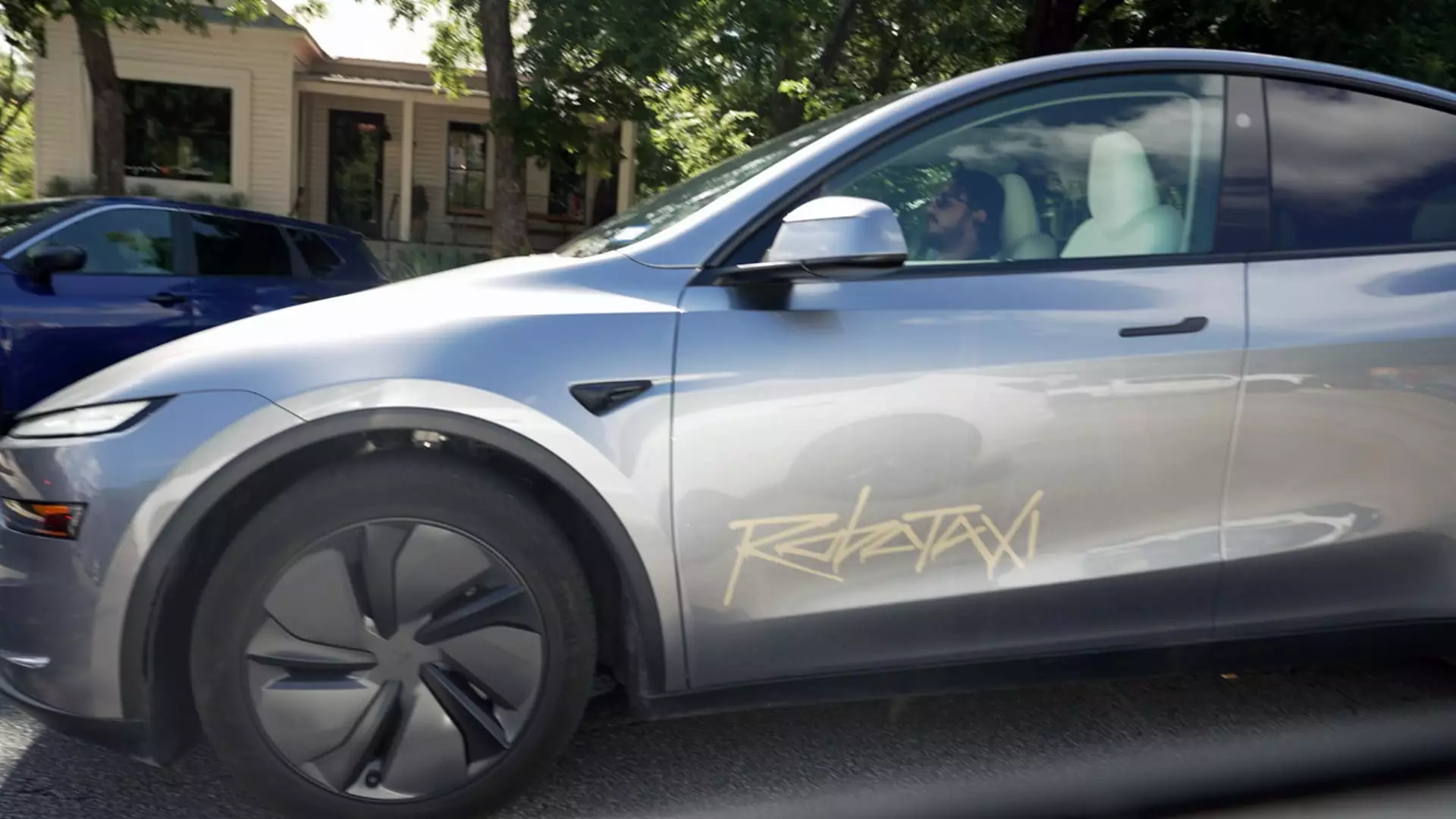Tesla, a trailblazer in electric vehicles, is increasingly positioning itself at the forefront of autonomous transportation, signaling a decisive shift toward revolutionizing urban mobility. With recent filings to test and deploy Robotaxi services in Phoenix, Arizona, Tesla is challenging established players like Waymo and pushing the boundaries of what’s possible in self-driving technology. This move isn’t just about expanding market reach but represents a bold assertion of Tesla’s confidence in its unique approach—eschewing expensive sensors like lidar in favor of a camera-centric system. Such a strategy could reshape the economics of driverless cars, making autonomous fleets more accessible and scalable than ever before.
Tesla’s decision to seek operational approval in Phoenix demonstrates a clear intent to compete in a mature urban environment, following its pilot initiatives in Austin, Texas. The Phoenix project, pending regulatory approval, marks a critical battleground for autonomous vehicle deployment, and Tesla’s interest underscores its ambition to be more than just a niche innovator—it’s vying to dominate the autonomous ride-hailing market. Unlike Waymo’s extensive fleet of over 400 fully driverless vehicles operating since 2020, Tesla’s approach involves vehicles equipped with automated systems supervised remotely and staffed by human safety drivers onboard. This hybrid model bridges the gap between current technology and full autonomy, serving as a transitional phase that can refine the systems through real-world experiences.
Tesla’s strategy leans heavily on leveraging perception through a camera-first approach, citing cost benefits that could democratize autonomous transport. Yet, this choice invites skepticism. Critics argue that relying solely on cameras may compromise the robustness of the system, especially in complex environments like Phoenix, which presents diverse weather conditions and unpredictable pedestrian behaviors. Tesla’s initial trials in Austin have not been without controversy—media reports of minor accidents and high-profile incidents have raised questions about safety and regulatory compliance. These issues underscore the critical importance of rigorous testing and transparency, areas where Tesla has faced criticism for overpromising and under-delivering.
The broader industry response to Tesla’s ambitions is mixed yet intensely competitive. While Waymo’s fleet operates seamlessly in Phoenix, Tesla faces the challenge of building consumer and regulatory trust simultaneously. The company’s reputation as a pioneer is increasingly scrutinized, not only because of technical hurdles but also due to regulatory and safety concerns. Tesla’s plan to expand its Robotaxi service to the San Francisco Bay Area within months reveals a strategic push to establish dominance in key economic hubs, though regulatory approvals and public acceptance remain critical hurdles.
Tesla’s struggles in gaining regulatory approval and the past allegations of false advertising about its self-driving capabilities reveal the fine line between innovation and overreach. The company’s claims about achieving full self-driving (FSD) responsibility have often been met with skepticism by regulators, who seek stricter safety standards. This regulatory backdrop may slow down Tesla’s broader deployment plans, but Elon Musk’s relentless pursuit indicates a belief that the technological and economic benefits will ultimately outweigh these obstacles.
By attempting to deploy a fleet of autonomous vehicles that combine advanced AI with a cost-effective hardware setup, Tesla aims to disrupt not just mobility but the entire transportation ecosystem. The implications go beyond convenience—such an innovation could drastically reduce traffic congestion, lower transportation costs, and transform how cities think about urban planning. Yet, the path to mass adoption hinges on safety, regulatory approval, and societal acceptance—factors that are still very much in flux.
Tesla’s drive to redefine public perception of driverless cars is bold and unapologetic. The company’s willingness to confront regulatory skepticism and public scrutiny head-on reflects its belief that true innovation requires disruption. While the journey ahead is fraught with technical hurdles, safety concerns, and legal battles, Tesla’s pursuit embodies the transformative potential of autonomous technology—an era where urban transportation becomes safer, more efficient, and undeniably more futuristic.

